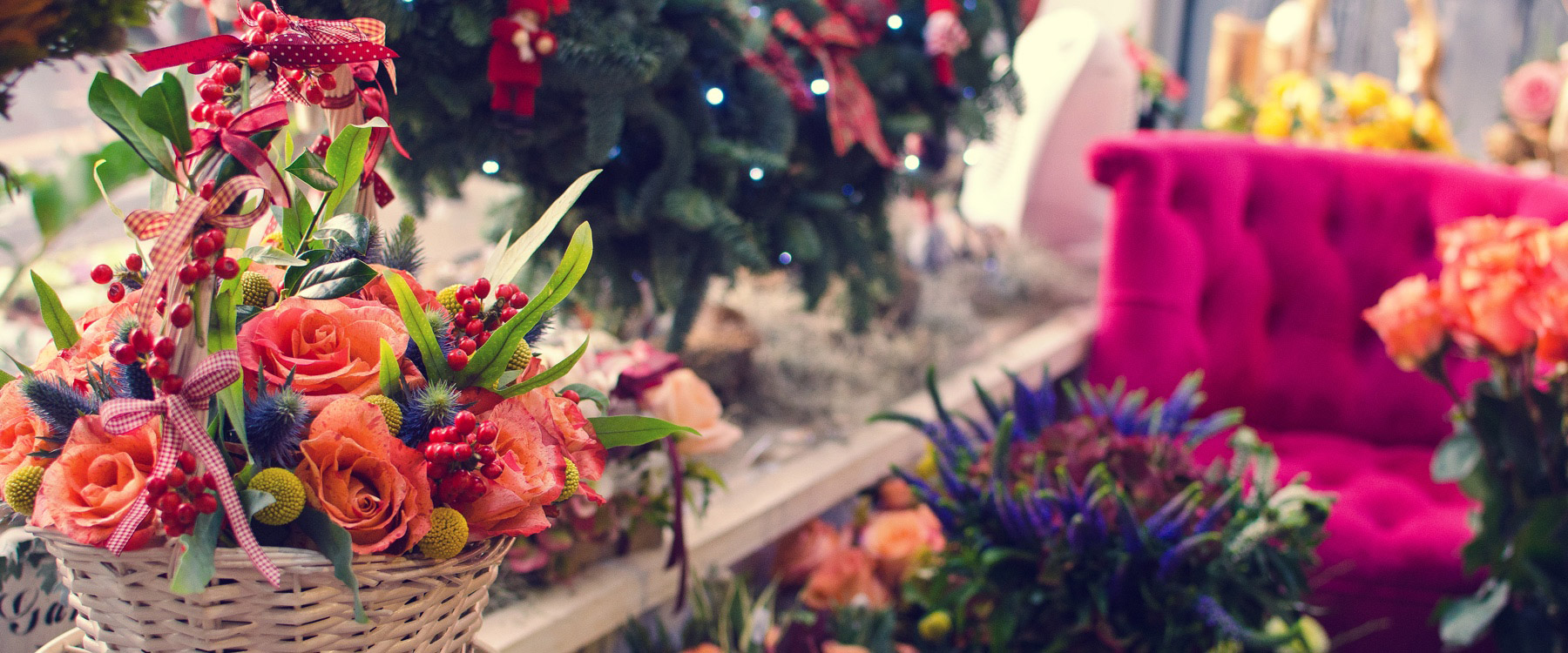
Colorful poinsettia plant heralds the Christmas season
What would the holiday season be without the vivid color of the poinsettia? The market for this Christmas-season plant has changed over the years, becoming widely available. It seems that every year, there is a larger variety of poinsettia options for available for us to purchase. According to the Society of American Florists, “Poinsettias are the largest flowering plant crop in the U.S. with sales of over 75 million pots per year.”
Selections range from the traditional red to shades of pink, white, burgundy and many unusual novelty colors sporting names like Strawberries & Cream (pink/white), Ice Punch (salmon/cream) and White Glitter (red with white specks). A contemporary trend is to apply a special paint to a white poinsettia to create any color imaginable. I have seen blue, lilac, orange and turquoise poinsettias.
Poinsettias originate from Mexico and Central America. Joel Roberts Poinsett, an amateur botanist and the first ambassador to Mexico who died in 1851 is credited with introducing the plant to the United States. An Act of Congress declared December 12 as National Poinsettia Day honoring the death of Poinsett.
Poinsettias are one of the longest-lasting blooming plants available to consumers. It's important to know what to look for. Here are some tips for choosing and caring for your poinsettia.
To choose the perfect poinsettia:
n Pick a plant with small, tightly clustered buds in the center.
n Look for crisp, bright, undamaged foliage.
n Avoid plants displayed in drafty or crowded areas.
To keep the poinsettia blooming:
n When surface soil is dry to the touch, water thoroughly. Discard excess water in the saucer.
n To prolong color, keep a temperature range of 60 degrees for night and 72 degrees for day. High humidity is preferable.
n Place plant away from hot or cold drafts, and protect from cold winds.
Poinsettia Toxicity Myth. The poinsettia is the most widely-tested consumer plant on the market today, proving the myth about the popular holiday plant to be false.
Scientific research from The Ohio State University has proved the poinsettia to be non-toxic to both humans and pets. All parts of the plant were tested, including the leaves and sap.
According to POISINDEX, the national information center for poison control centers, a child would have to ingest 500-600 leaves in order to exceed the experimental doses that found no toxicity.
A study by Children's Hospital in Pittsburgh and Carnegie Mellon University found that out of 22,793 reported poinsettia exposures there was essentially no toxicity significance of any kind. The study used national data collected by the American Association of Poison Control Centers.
The American Society for the Prevention of Cruelty to Animals reports that keeping this plant out of the reach of pets to avoid stomach upset is a good idea; however, pet owners need not fear the poinsettia and banish it from their homes for fear of a fatal exposure.
As with any non-food product, however, the poinsettia is not meant to be eaten and can cause varying degrees of discomfort; therefore, the plant should be kept out of the reach of young children and curious pets.
Individuals may be sensitive to the plant. If the plant is eaten, call your local hospital or the Poison Control Center 1-800-525-5042.



